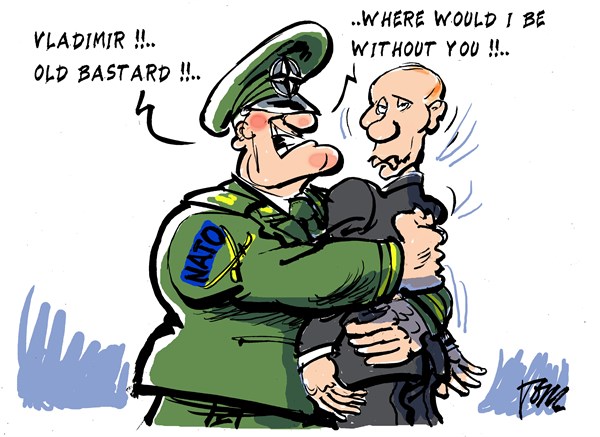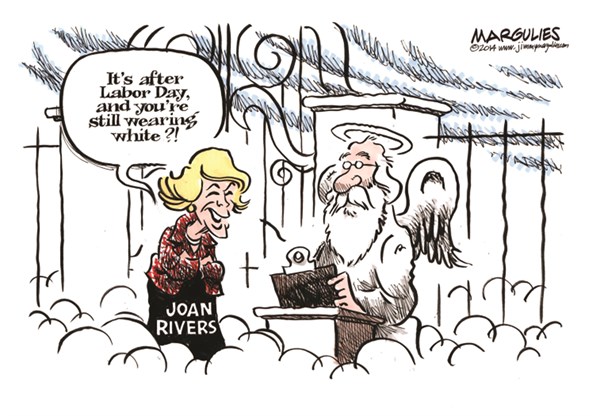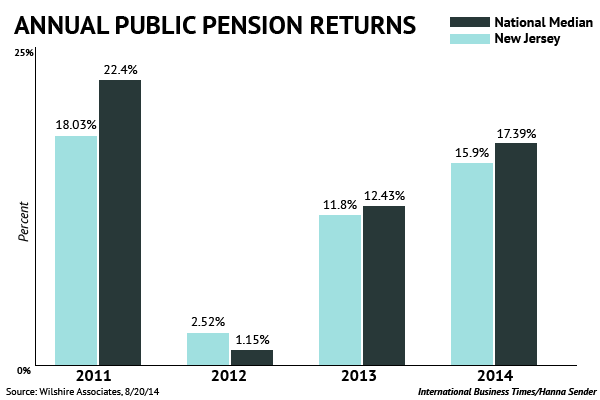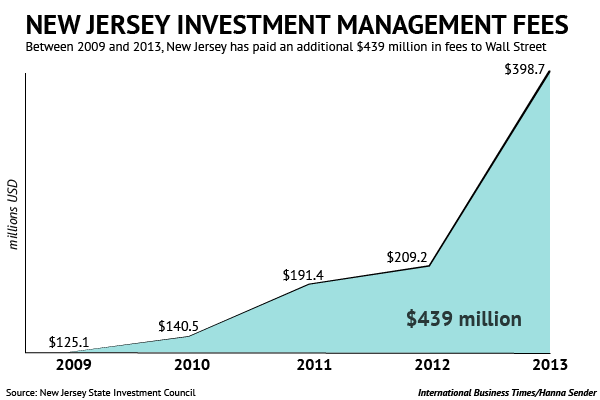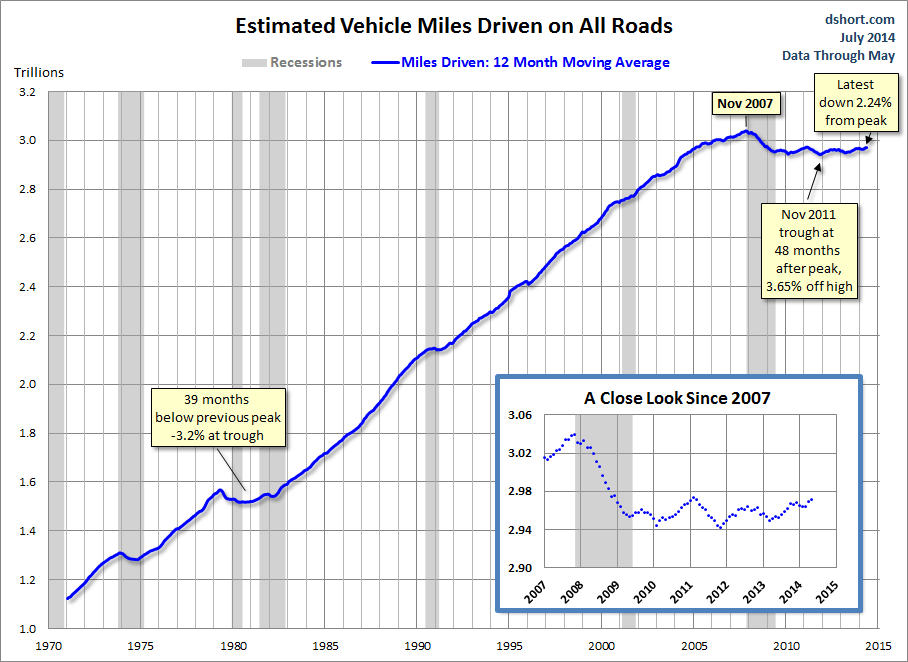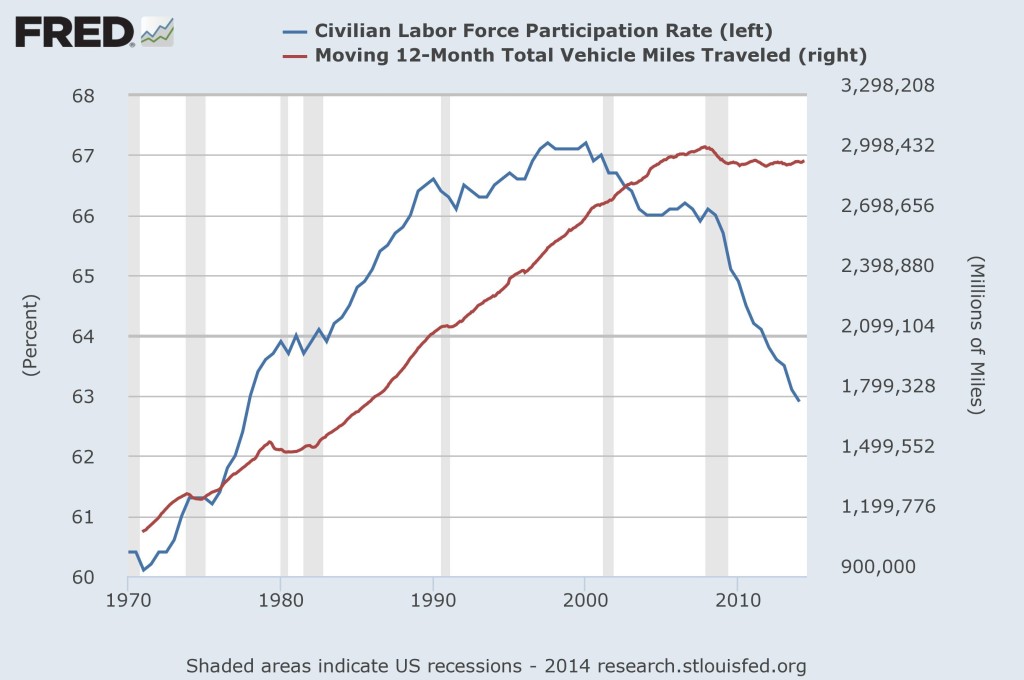It’s 13 years since that beautiful sky-blue September day when our world changed.
Consider the parallelism. Today, as we remember the terrorist attack 13 years ago, we begin another “war” against yet other group of Sunni terrorists. Mr. Obama, who was elected in 2008 to get us out of wars in the Middle East, has us on track to lead another “coalition of the willing” into the ME. The purpose of this crusade sounds depressingly familiar: To blunt the threat of another attack on the Homeland, despite little evidence that an attack is possible or imminent. And we do this because the people who face a direct ISIS threat can’t (or won’t) handle it for themselves.
The rise of ISIS is in part a consequence of US policy in the ME. Our war in Iraq and the subsequent 8 years of Iraqi internal political squabble have left many Sunnis in Iraq willing to support any challenge to the Shia central government. And now, 13 years after 9/11, we’re again strapping on our weapons and heading into war.
So today, let’s talk about the slurry wall at the World Trade Center. The Wrongologist took this photo in July, 2014 of the portion of the slurry wall that remains exposed in the Foundation Hall of the National September 11 Memorial Museum:
The slurry wall is the outer wall of what WTC engineers called the “Bathtub” in the 1960’s:
The bathtub is the 9-block area of the World Trade Center site that is excavated down to bedrock…and ringed by the slurry wall. The bathtub was created to enable the building of the Twin Towers’ foundations, and was ultimately filled with seven stories of basements housing the parking garage, mall, and building services.
Except that this bathtub kept water out of the 70’ deep basement. The ground water level at the WTC site is just a few feet below the surface, while bedrock is about 70 feet below the surface. Creating the bathtub required first building a 7-story dam below the water level of the adjacent Hudson River – that was the slurry wall.
After the 9/11 attack, the concern was that the slurry wall would fail. A breach in the wall and a flooding of the bathtub might have also flooded other adjacent below-grade structures, such as the PATH tunnels that passed through the bathtub. The NY subway, built below the PATH tubes could also have flooded with a breach of the wall.
On 9/11, most of the central portion of the wall’s south side (bordering Liberty Street) had moved inward by more than 10 inches. But, it held. According to the New York Times, George Tamaro, a former staff engineer at the Port Authority of New York and New Jersey, who was closely involved with the construction of the trade center, believes: (brackets by the Wrongologist)
[The slurry wall construction]…may have helped prevent the Hudson River from flooding parts of Lower Manhattan
According to Tamaro’s report on the aftermath of the attack, the PATH tunnels in Jersey City, New Jersey, at the Exchange Place Station, were 5 feet lower in elevation than at the WTC PATH Station. Exchange Place became a sump for fire water, river water, and broken water mains discharging into the bathtub. But the slurry wall held.
Looking up at the exposed portion of the slurry wall in Foundation Hall, one can’t help but be thankful for the work of engineers and construction workers back in the sixties who built the bathtub, and the engineers and firefighters who stabilized the walls after 9/11. Since the attack, that unseen wall is now a symbol of the resilience of both New Yorkers and America.
But the world has spun off its normal axis since September 11, 2001. Isn’t it interesting that 9/11 was supposed to be about America striking back against a foreign enemy of freedom. Yet in the process of attempting to win the “War on Terror”, American citizens have given up a significant part of their personal freedoms. And just this month, we are starting to have a national discussion about how, since 9/11, the US Department of Homeland Security has transformed our local police into a paramilitary force. For example, the Los Angles School District Police got a MRAP (mine resistant vehicle) and 3 grenade launchers.
Schools need grenade launchers now? James Madison said in 1787:
A standing military force, with an overgrown Executive will not long be safe companions to liberty. The means of defense against foreign danger have been always the instruments of tyranny at home…
Today, Americans own enormous numbers of weapons. Pew Research reports that the number of guns in the US is between 270 and 310 million, or roughly one for each of us. But, estimates are that about 37% of us actually own all the weapons.
So, today on the 13th anniversary of 9/11, we need to ask each other: What are we to make of a country in which:
• Local police are militarizing
• Citizens continue to arm themselves
• The federal government tramples on our Bill of Rights
Let’s think about what has been won and lost so far in the War on Terror. And let’s think about what remains of our social fabric. Is it as strong as that slurry wall? Will it hold when attacked? Do we still have that same problem-solving genius that built a slurry wall that was strong enough to survive attack?
Is America still built to last?



